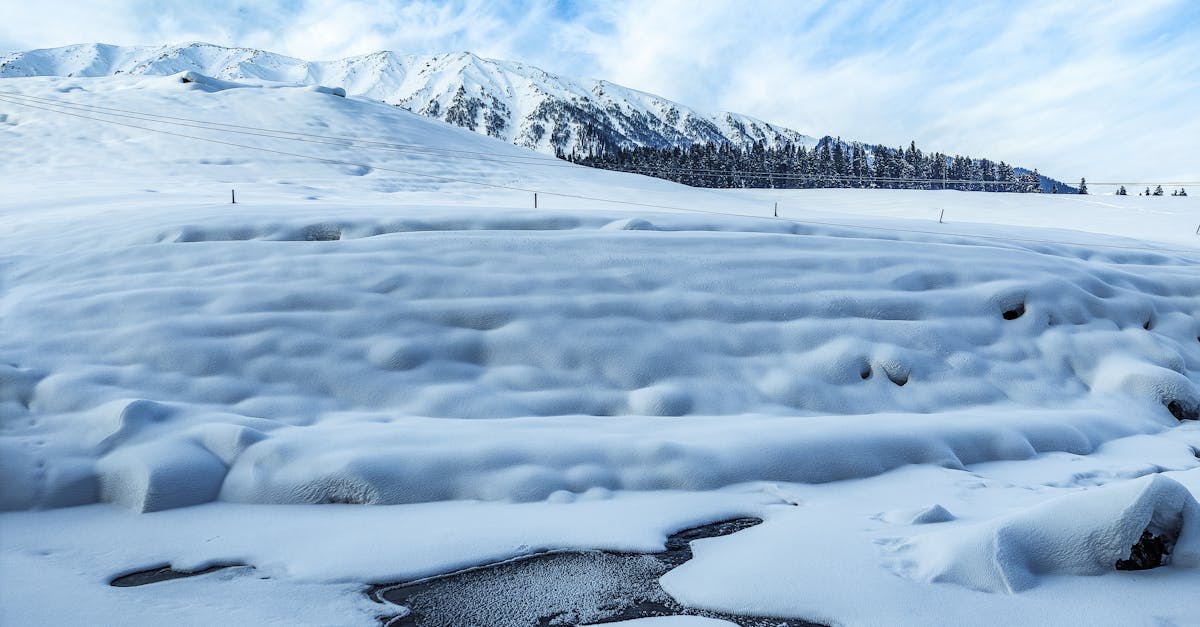# 7 Fascinating Facts About Where Great White Sharks Live That Will Shock You!
Great white sharks are among the most intriguing and fearsome predators in our oceans. Their habitat is as fascinating as they are. Understanding where these majestic creatures live can reveal much about their behavior, migration patterns, and ecological importance. In this article, we’ll explore the different regions where great white sharks can be found, supported by a detailed list and an explanation of each location.
| Region | Description |
|---|---|
| Coastal Waters | Great white sharks thrive in coastal regions, often near beaches. |
| Open Ocean | They are also found in the deep waters of the open ocean. |
| Temperate Regions | Great whites prefer temperate waters, typically between 54°F and 75°F. |
| Feeding Grounds | They congregate in areas rich in prey, such as seals and fish. |
| Migration Routes | These sharks are known for their long migrations between feeding and breeding grounds. |
| Specific Locations | Famous spots include California, South Africa, and Australia. |
| Seasonal Habitats | Great whites may shift their habitats seasonally based on water temperature and food availability. |
Coastal Waters
Great white sharks are commonly found in coastal waters, particularly near beaches where their prey, such as seals, are abundant. These sharks often patrol the waters close to shore, making them a frequent subject of fascination and fear for beachgoers. Their presence in these areas is primarily driven by the availability of food, as they are opportunistic feeders that hunt for a variety of marine life.

Open Ocean
In addition to coastal waters, great white sharks are also found in the vast expanses of the open ocean. They are capable of traveling great distances and can be seen patrolling deeper waters. This adaptability allows them to exploit different ecological niches and access a broader range of prey. Their presence in the open ocean highlights their role as apex predators and their importance in marine ecosystems.

Temperate Regions
Great white sharks prefer temperate regions, where water temperatures typically range between 54°F and 75°F. These conditions are ideal for their physiological needs and support a diverse array of marine life. Temperate waters provide a rich environment for the prey that great whites depend on, making these regions vital for their survival and reproduction.

Feeding Grounds
Feeding grounds are crucial for the survival of great white sharks. They are known to congregate in areas rich in prey, particularly where pinnipeds, such as seals and sea lions, are present. These feeding hotspots are often located near islands and coastal areas, where the sharks can effectively hunt. The availability of food in these regions directly influences their migration patterns and overall population dynamics.

Migration Routes
Great white sharks are notorious for their long migration routes, which can span thousands of miles. These migrations typically occur between feeding grounds and breeding areas. Tracking studies have shown that they can travel from one coast to another, often following specific routes that align with ocean currents and seasonal changes. This migratory behavior is essential for their life cycle and contributes to their genetic diversity.

Specific Locations
Some of the most famous locations for great white sharks include California, South Africa, and Australia. These regions are renowned for their high populations of great whites and are popular among researchers and ecotourists alike. Each location offers unique opportunities for observing these magnificent creatures in their natural habitat, and they play a significant role in the global study of shark behavior and conservation.

Seasonal Habitats
Great white sharks may shift their habitats seasonally based on water temperature and food availability. For instance, during warmer months, they may move closer to shore to take advantage of abundant prey, while in colder months, they might migrate to deeper waters. This adaptability is crucial for their survival, as it allows them to optimize their feeding strategies and reproductive success throughout the year.

FAQ
What is the typical habitat of a great white shark?
Great white sharks typically inhabit coastal waters, the open ocean, and temperate regions. They prefer areas where water temperatures range between 54°F and 75°F, which supports a rich diversity of prey.
Do great white sharks migrate?
Yes, great white sharks are known for their long migrations between feeding and breeding grounds. They can travel thousands of miles, often following specific routes that coincide with ocean currents and seasonal changes.
Where are the best places to see great white sharks?
Some of the best places to see great white sharks include California, South Africa, and Australia. These regions are known for their high populations of great whites and offer unique opportunities for ecotourism and research.
Are great white sharks found in tropical waters?
Great white sharks generally prefer temperate waters and are not commonly found in tropical regions. They are more likely to inhabit cooler waters where their prey is abundant.
How do great white sharks find their prey?
Great white sharks have a keen sense of smell and can detect blood from miles away. They also rely on their acute eyesight and the ability to sense vibrations in the water to locate their prey effectively.
References:
– [National Oceanic and Atmospheric Administration (NOAA)](https://www.noaa.gov)
– [Marine Conservation Society](https://www.mcsuk.org)
– [Shark Research Institute](https://www.sharks.org)
